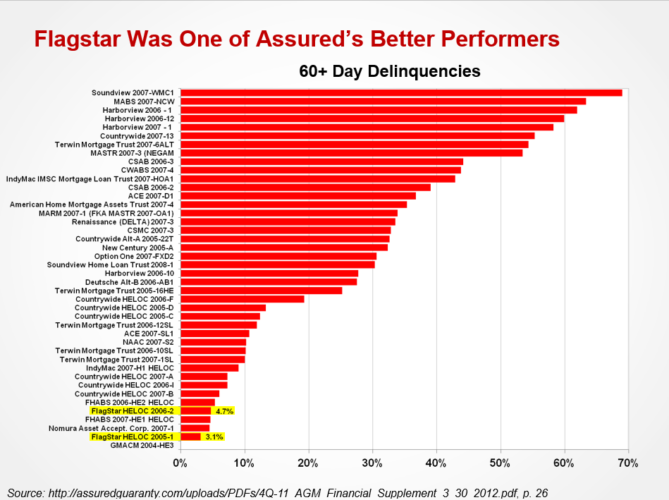Taming Big Data with Compelling Demonstratives

“More information doesn’t always improve decision-making;
in fact, it can undermine it.”
— Judith H. Hibbard and Ellen Peters, researchers
Published in April 2007, researchers Hibbard and Peters studied information provided to healthcare consumers who were asked to use the information to make informed health care choices. Results of three studies supported the ideal that “less is more” when presenting comparative information. They found that when information was presented to highlight the meaning of the important information, it was easier to understand, and consumers made better choices. At DecisionQuest, we entirely agree with this finding and for over 20 years have created strategies to harness data and voluminous information so it can be used to effectively inform jurors and other decision-makers.
So how can you clearly present large amounts of data? How will your visuals reinforce your expert’s testimony? Ask yourself, “What message do I want jurors to take away from viewing this data?” Is it to emphasize the volume of data collected to show the analysis was thorough? Or to compare disproportionate damage amounts to highlight a windfall demand? Do you need to layer in multiple data sets to provide context and show consistent performance across a particular industry? The focus is on designing your visuals so they quickly convey to jurors the meaning of all the data. Below are strategies we have used to distill information so the intended message is prominent.
Strategy #1: Summarize the data: Simple and clean line charts and bar charts can provide the visual punch that a spreadsheet of numbers cannot. Begin with a single line and, using a series of mouse-clicks, add more data and explanatory text as needed.In this way you can choreograph your explanation of the data and walk jurors through the information rather than present it all at once. (Click the first image to see the movement.)

Strategy #2: Transform the data. In an antitrust matter, plaintiffs had hundreds of pages of evidence detailing frequent communications among the defendants, who claimed to be in competition with each other. The animated demonstrative below is a compelling way of summarizing the communications. This graphic shows communications in 2017; similar slides were created for each year. (Click the image to see the movement.)
Strategy #3: Create a roadmap. If you must present a large volume of data, consider “previewing” the takeaways using a slide that summarizes what the data will show. Convey the information thematically such as, “EBITDA was well below expectations.” Follow it with a slide illustrating the relevant data. Return to the summary slide and discuss the next bullet:“The partnership was losing money.” Then show the supporting data. Continue building the summary slide until the expert has covered each area of his/her testimony.
Colorful, simplified tables with annotation can also summarize large amounts of data. Encircling key information and adding explanatory or conclusory text can focus the decision-maker on what is most important, which will drive home your point. (Click the image to see the movement.)
This data table counters plaintiffs’ claim that too few minorities were promoted, based on the applicant pool. The highlighted total line at the bottom summarizes the finding that more African American officers were promoted than expected, the standard deviation confirms that each minority group was promoted in greater or the same numbers expected, based on potential applicants.
Below is an example of how data can be introduced in layers so jurors are able to see multiple data sets and how that data relates to other sets. The chart is built in small segments to avoid overwhelming the decision-maker. Presenting information in building blocks allows jurors to absorb each concept before introducing the next (i.e., here are the company’s profits over the relevant time period, next is the financial impact of the hurricane, etc.) (Click the image to see the movement.)
While determining the key takeaway of any demonstrative is important, it is especially so with quantitative and large-scale data. When you present such data in a concise and punchy manner, jurors are more likely to follow along with you and, even if they cannot remember the details, they are more likely to recall the “takeaway.” Additionally, you can re-use the punchy demonstrative in the closing argument to reinforce the message. Jurors – and other decision-makers – will appreciate your efforts to portray the information in a memorable, approachable manner.

